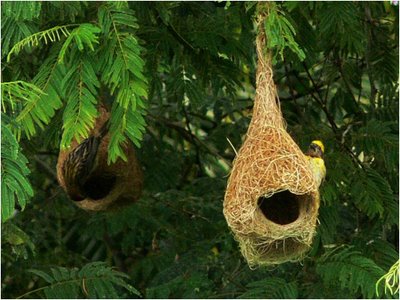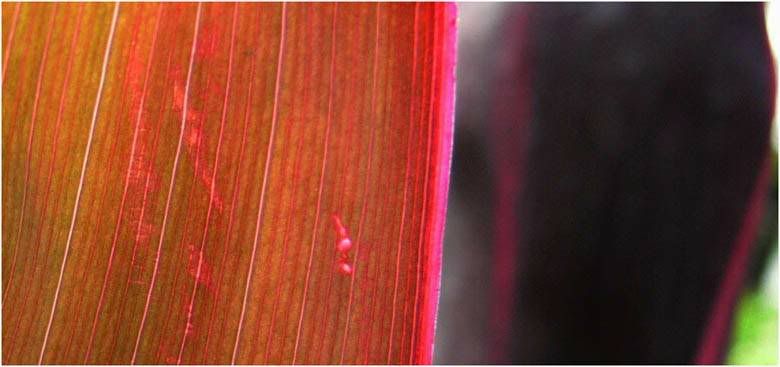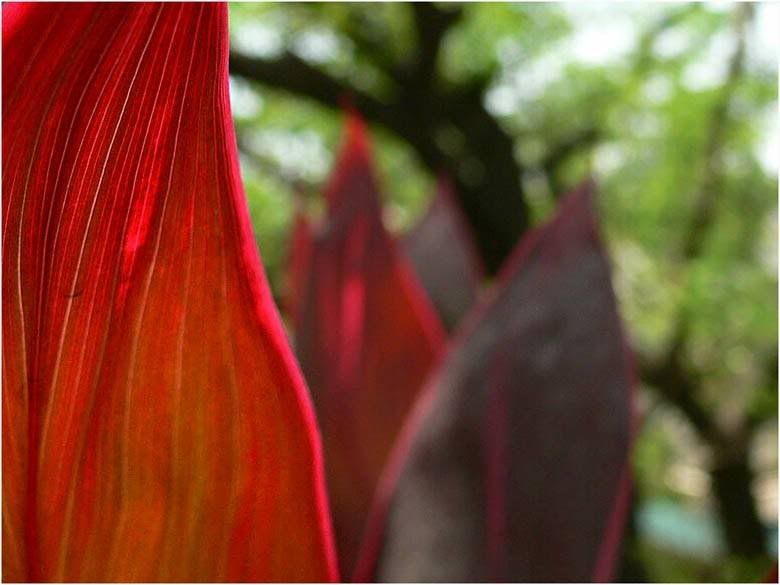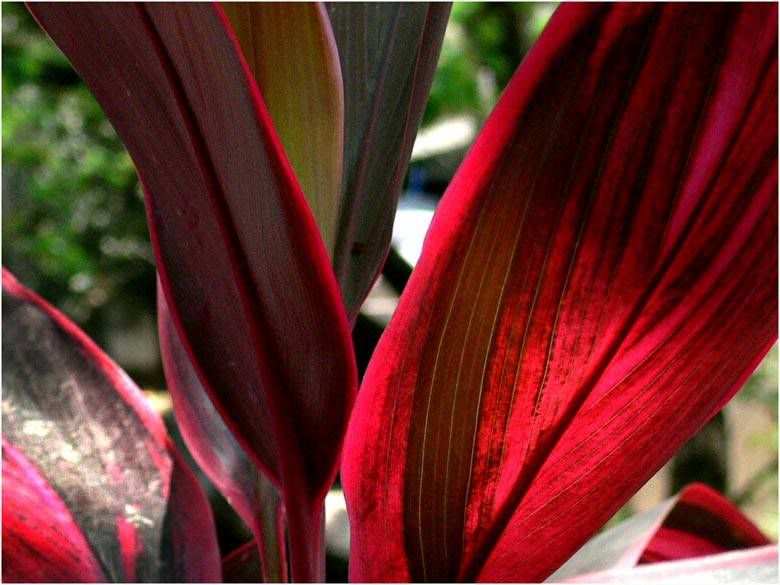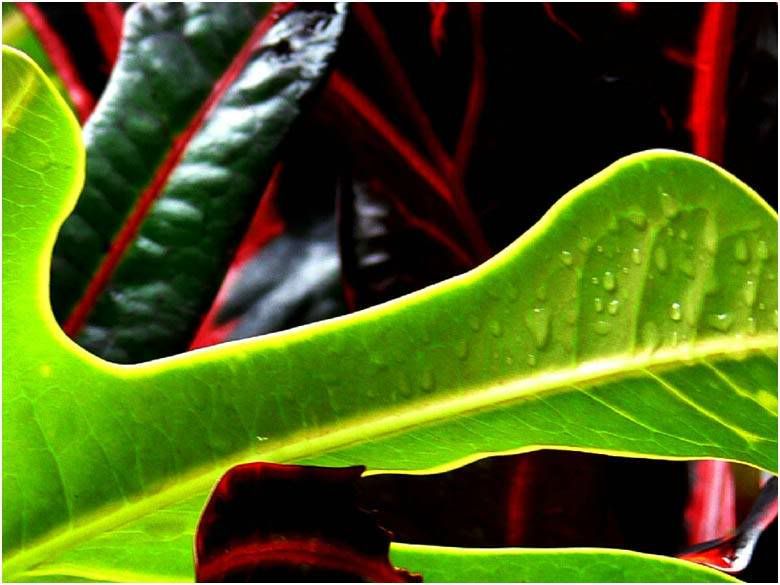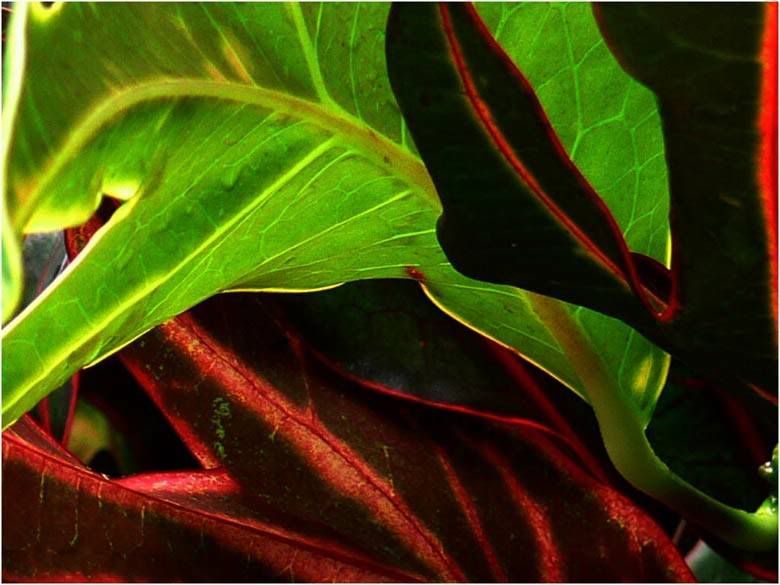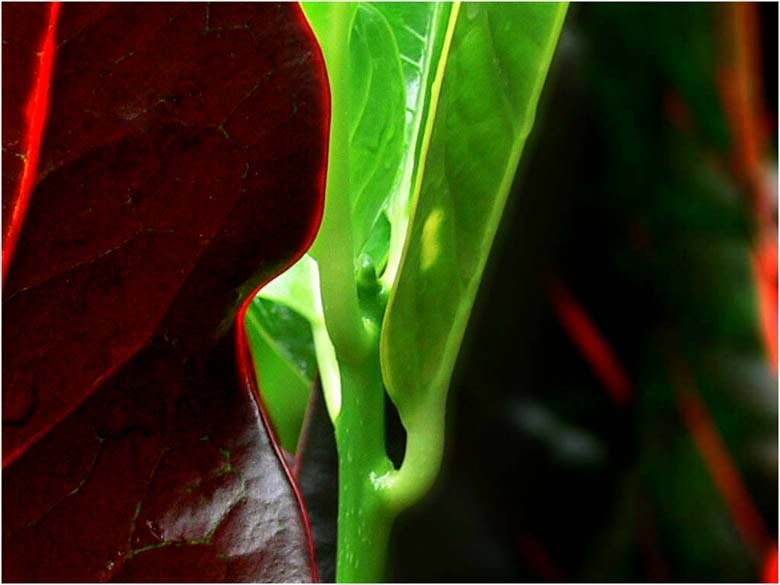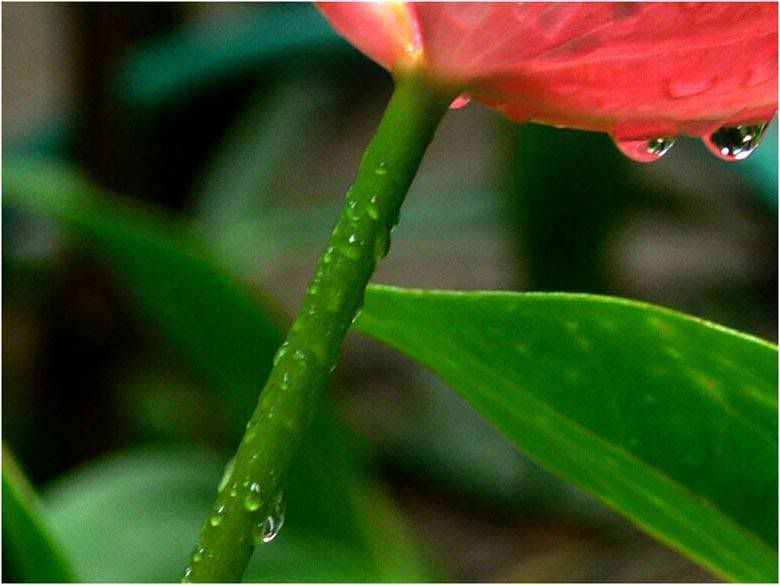Thursday, August 24, 2006,4:46 AM
SHAPES & PATTERNS
Saturday, August 19, 2006,11:08 PM
WEAVER BIRD
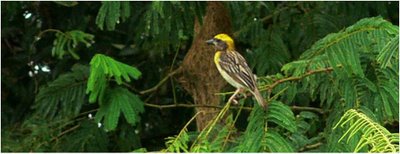 I have posted weaver bird and its nest pictures in Daylight Again blog, Please click on the title or the link below
I have posted weaver bird and its nest pictures in Daylight Again blog, Please click on the title or the link below
Thank you
Daylight AgainWild Pic These details are furnished by Suresh (Wild Pic)
The Weavers are small passerine birds (Sometimes known as perching birds) related to the finches.
These are seed-eating birds with rounded conical bills, most of which breed in sub-Saharan Africa, with fewer species in tropical Asia. The males of many species are brightly coloured, usually in red or yellow and black.
These are gregarious birds which often breed colonially. They sometimes cause crop damage, notably the Red-billed Quelea, reputed to be the world's most numerous bird.
males build home, and the female rears the offspring. And while the female incubates the eggs, the male may try to attract another partner.
The male’s success in getting any female at all depends on his physical fitness and the quality of the nest he builds. Breeding takes place in the rainy season when there is plenty of new grass around for building and lots of insects for feeding the young. The male bird weaves the outer shell of a nest hanging from the tip of a branch, and whenever an unmated female visits the tree in search of a partner, he hangs from the nest by his feet, fluttering and showing off the bright colours under his wings.
If his display is adequate, and his nest is suitably fresh and green, the female may accept him. But she will refuse him, however good his display, if his nest is brown and dry. A nest turns brown in a week as the grass dries in the hot sun, so if a male does not attract a female while the nest is still green, he has to dismantle it and start again with fresh leaves. Only by insisting on a green nest can a female be certain it is newly built and strong enough to house her and her family.
To enter the nest itself, a weaverbird swoops down at speed to the tunnel entrance and then folds its wings, allowing its momentum to carry it upward through the tunnel without touching the sides
